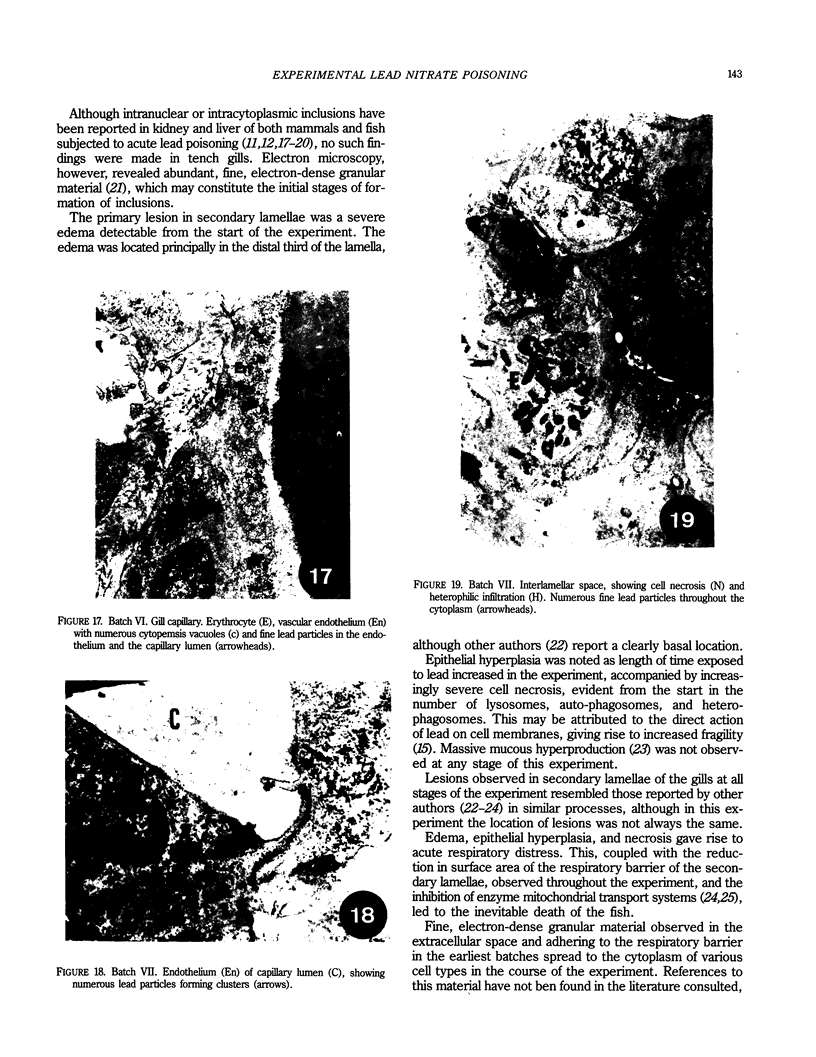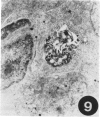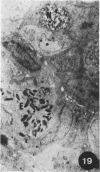Abstract
A microscopic, ultrastructural, and morphometric study was made of the gills of tench (Tinca tinca, L.) subjected to acute experimental lead nitrate poisoning. Twenty-one adult tench were subjected to poisoning and a further 22 were used as controls. Lesions were characterized by the appearance of edema and epithelial hyperplasia and necrosis, both in cells forming part of the filtration barrier and in those in the interlamellar space. These processes developed in the course of the experiment, leading to the death of tench after 12 to 15 days of exposure to 75 ppm lead nitrate, at which point the concentrations of lead in the gills had reached their maximum.
Full text
PDF







Images in this article
Selected References
These references are in PubMed. This may not be the complete list of references from this article.
- Fowler B. A. Intracellular compartmentation of metals in aquatic organisms: roles in mechanisms of cell injury. Environ Health Perspect. 1987 Apr;71:121–128. doi: 10.1289/ehp.8771121. [DOI] [PMC free article] [PubMed] [Google Scholar]
- Hernández L. M., Rico M. C., González M. J., Hernán M. A. Environmental contamination by lead and cadmium in plants from urban area of Madrid, Spain. Bull Environ Contam Toxicol. 1987 Feb;38(2):203–208. doi: 10.1007/BF01606662. [DOI] [PubMed] [Google Scholar]
- Hutton M., Symon C. The quantities of cadmium, lead, mercury and arsenic entering the U.K. environment from human activities. Sci Total Environ. 1986 Dec 1;57:129–150. doi: 10.1016/0048-9697(86)90018-5. [DOI] [PubMed] [Google Scholar]
- Leonzio C., Fossi C., Focardi S. Lead, mercury, cadmium and selenium in two species of gull feeding on inland dumps, and in marine areas. Sci Total Environ. 1986 Dec 1;57:121–127. doi: 10.1016/0048-9697(86)90017-3. [DOI] [PubMed] [Google Scholar]
- Pequignot J., Gire M. P. Intoxication par le nitrate de plomb chex la carpe (Cyprinus carpio L.). Influence sur le métabolisme respiratoire et la structure des filaments branchiaux. Toxicol Eur Res. 1978 Mar;1(2):89–92. [PubMed] [Google Scholar]
- Rojik I., Nemcsók J., Boross L. Morphological and biochemical studies on liver, kidney and gill of fishes affected by pesticides. Acta Biol Hung. 1983;34(1):81–92. [PubMed] [Google Scholar]
- Roncero V., Gázquez A., Redondo E., Moyano M. C., Duran E. Etude structurale et ultrastructurale du rein de la tanche, Tinca tinca L., après intoxication expérimentale par absortion de nitrate de plomb. Zentralbl Veterinarmed A. 1988 Aug;35(7):529–543. [PubMed] [Google Scholar]
- SABATINI D. D., BENSCH K., BARRNETT R. J. Cytochemistry and electron microscopy. The preservation of cellular ultrastructure and enzymatic activity by aldehyde fixation. J Cell Biol. 1963 Apr;17:19–58. doi: 10.1083/jcb.17.1.19. [DOI] [PMC free article] [PubMed] [Google Scholar]
- Villarreal-Treviño C. M., Villegas-Navarro A. Differential accumulation of lead by soft tissues of rabbit. Bull Environ Contam Toxicol. 1987 Aug;39(2):334–342. doi: 10.1007/BF01689426. [DOI] [PubMed] [Google Scholar]
- Wong M. H., Lau W. M., Tong T. Y., Liu W. K., Luk K. C. Toxic effects of chromic sulphate on the common carp, Cyprinus carpio. Toxicol Lett. 1982 Feb;10(2-3):225–232. doi: 10.1016/0378-4274(82)90079-0. [DOI] [PubMed] [Google Scholar]



















